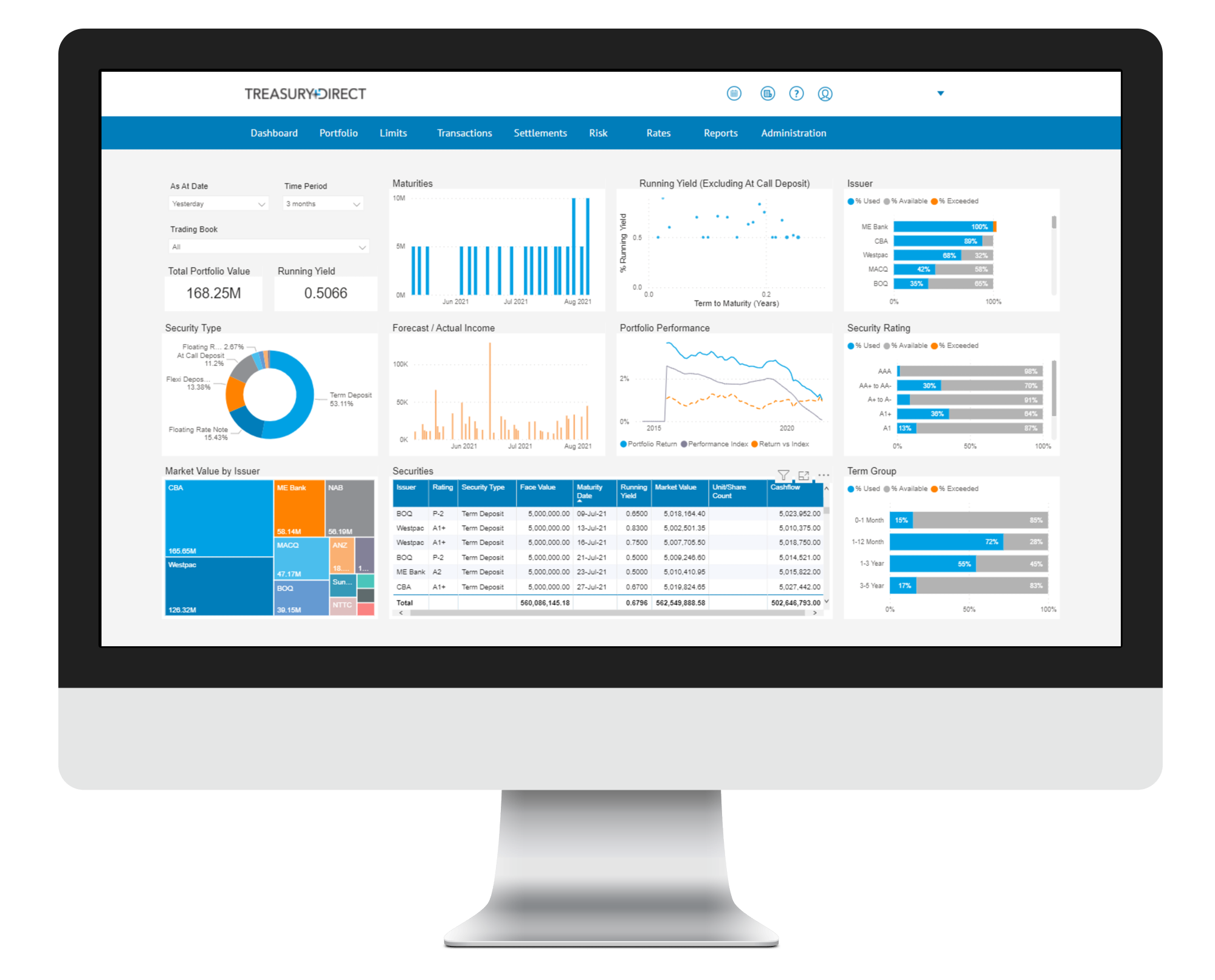Markets Overview
- ASX SPI 200 futures little changed at 8,426.00
- Dow Average little changed at 44,808.50
- Aussie down 0.3% to 0.6234 per US$
- US 10-year yield rose 1.5bps to 4.5466%
- Australia 3-year bond yield fell 6.2 bps to 3.79%
- Australia 10-year bond yield fell 5 bps to 4.37%
- Gold spot down 0.3% to $2,756.43
- Brent futures down 0.8% to $76.85/bbl
Economic Events
- 10:30: (AU) Australia to Sell A$1 Billion 70-Day Bills
- 10:30: (AU) Australia to Sell A$1 Billion 112-Day Bills
- 10:30: (AU) Australia to Sell A$1.5 Billion 133-Day Bills
- 11:30: (AU) 4Q Export Price Index QoQ, est. 2.5%, prior -4.3%
- 11:30: (AU) 4Q Import Price Index QoQ, est. 1.5%, prior -1.4%
- 14:20: (AU) RBA’s Jones-Fireside Chat
Stocks slipped and bond yields rose, though both pared bigger moves as early concern that the Federal Reserve was growing more worried about inflation got tamped down by Chair Jerome Powell in a press conference.
In late hours, a $328 billion exchange-traded fund tracking the Nasdaq 100 (QQQ) whipsawed. Tesla Inc. and Meta Platforms Inc. rebounded after an initial slide that followed their results. Microsoft Corp. slid as growth in its cloud-computing business slowed during the last three months of 2024. International Business Machines Corp. soared on better-than-projected sales and profit.
The Federal Open Market Committee kept the federal funds rate in a range of 4.25%-4.5%. In a statement, officials repeated that inflation remains “somewhat elevated” but removed a reference to it having made progress toward their 2% goal. Later, Powell clarified the reference to inflation was just a decision to shorten the sentence, rather than send any sort of meaningful signal.
“Never mind, says Powell,” noted Peter Boockvar, author of The Boock Report. “Jay Powell in his presser said the tweaks in comments on the labor market and inflation in the FOMC statement should not be interpreted as a signal.”
To Krishna Guha at Evercore, Powell’s press conference is coming across as “appreciably less hawkish” than the statement updates.
The S&P 500 fell 0.5%. The Nasdaq 100 dropped 0.3%. The Dow Jones Industrial Average slid 0.3%.
The yield on 10-year Treasuries advanced two basis points to 4.55%. The Bloomberg Dollar Spot Index was little changed. The loonie pared losses after the Bank of Canada cut rates, but dropped guidance on any further adjustments to borrowing costs.
The recent volatility among tech giants has been particularly worrisome for Wall Street, as the S&P 500’s leadership hasn’t been this concentrated in more than 20 years. Data shows that less than one-third of index members were able to outperform the S&P 500 during the past two years, as Bank of America Corp. strategist Michael Hartnett has called out.
That resembles the run-up to the dot-com bubble at the end of the 1990s, when a similarly slim cadre of stocks were beating the benchmark. The risks for markets from such concentration have been on display this week, as the DeepSeek jolt wiped out half a trillion dollars of Nvidia’s market value.
“The DeepSeek correction in tech stocks has not changed the overall concentration problem in the S&P 500,” said Torsten Slok at Apollo. “Investors in the S&P 500 continue to be dramatically over-exposed to the tech sector.”
The tech-led selloff in US equities at the start of this week was just a blip, given the positive outlook for the economy, according to Goldman Sachs Group Inc. strategists.
That slump isn’t a harbinger of a sustained decline in stocks, the Goldman team led by Peter Oppenheimer wrote in a note.
“Most bear markets are triggered by expectations of falling profits driven by fears of recession,” which has a low probability of occurring in the next 12 months, the strategists said.

